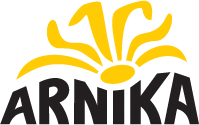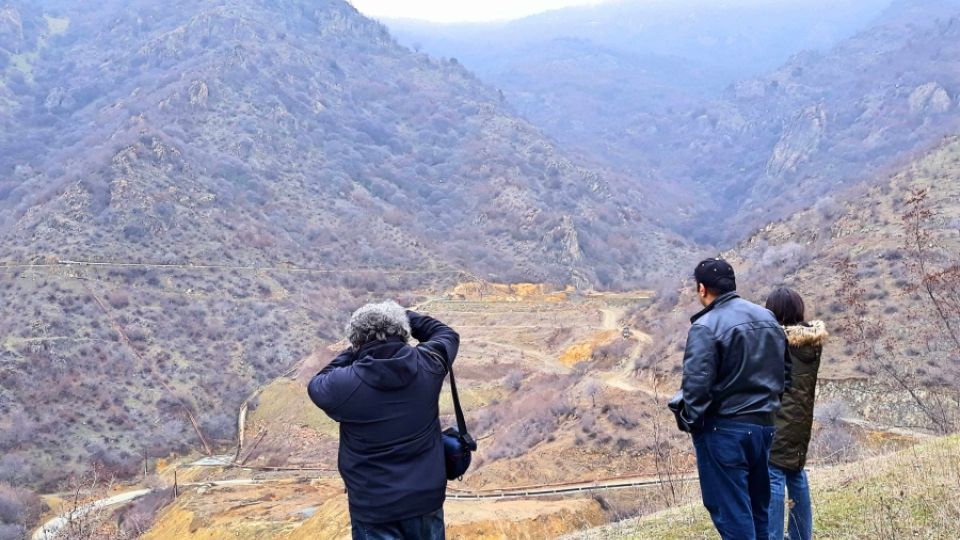In cooperation with the Armenian Women for Health and Healthy Environment and Ecolur informational site, Arnika strives for the right of local people to effectively influence a method of mining non-ferrous metals. This particular activity causes considerable and dangerous pollution of water and soil. The people living in the vicinity of such mines have to deal with related health issues while having little or none control over the situation.
To help the Armenians engage in decision-making on non-ferrous metals, to map the level and causes of pollution, and to reduce the presence of poisonous chemicals - these are the main goals of the transnational project, supported by the Czech Ministry of Foreign Affairs.
According to Elena Manvelyan, director of ‘Armenian Women for Health and Healthy Environment’ (AWHHE), people seek for experts to help them with scientific work. "They are very active even in distant regions. What they need most is someone with experience and expertise who would conduct several researches that would give the locals hard data and then help to use them in decision-making processes," describes Manvelyan Arnika's contribution to this project.
Copper, molybdenum and gold
The main activity of Czech-Armenian cooperation will take place around two particular sites - copper and molybdenum mines near the cities of Teghut and Akhtala (Lori Province) in the north of the country. "We will find out how serious is the heavy-metal pollution of the sewage sludge from the mining, how those toxic substances get into the environment and what to do to prevent this from happening in near future," says Nikol Krejcova from Arnika.
In addition to those mines, the research will also focus on the nearby copper factory in Alaverdi. The last site to be analysed will be the Sotk gold mine at the southeast corner of the unique lake Sevan, which, thanks to its area, is crucial and vital to the whole region.
A major problem are the waste ponds, where the extracted sludge "enriched" most often by cadmium, arsenic or lead gets accumulated. "From these poisonous ponds, heavy metals can leak directly into the surrounding pastures and fields, just because nobody has ever bothered to isolate them properly," reffers Jindrich Petrlik, Arnika’s expert on toxic substances, to the ignorance of the industry. In addition, creeks and rivers flow from the ponds, which subsequently contaminate the water in the larger rivers. Local farmers use it to irrigate fields or to breed animals.
English subtitles available in the video
"People often do not know how dangerous food they submit to themselves and their family because of the use of polluted water," Nikol Krejcova recounts from the February expedition. "Local trips are the best way to get a complete picture of the scale of the problem and the impact of mining on an ordinary person. We want their research to help them live much healthier,” she follows.
PHOTOGALLERY: Armenia troubled with non-ferrous metal mining
The exctraction of metals is an important part of armenian economy. Last year, the mining industry produced 172 billion AMD (294 milion EUR), accounting for more than three percent of the country’s GDP. Meanwhile, wields from mining grow each year (14.1% in 2017 according to the annual report of the Statistical Committee of the Republic of Armenia). However, all extraction of raw materials takes place without taking into account its consequences and impacts on the near as well as the distant surroundings.
We worked in Armenia before. In 2010-2011, we were working with AWHHE to reduce the burden of toxic pesticides, including DDT, resolving from the agricultural practices of the Soviet Union.. By mapping the situation and submitting scientifically substantiated data, an actual rate of contamination will be provided, and the people will receive a hard argument in their disputes with the authorities.











